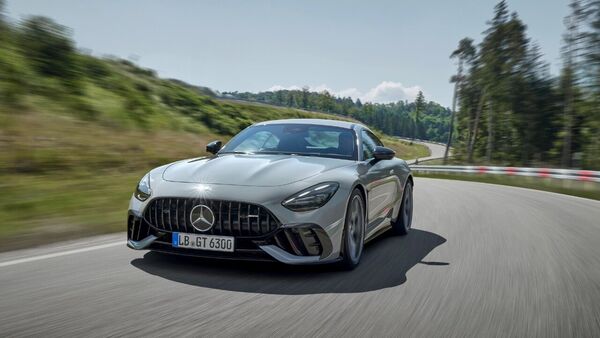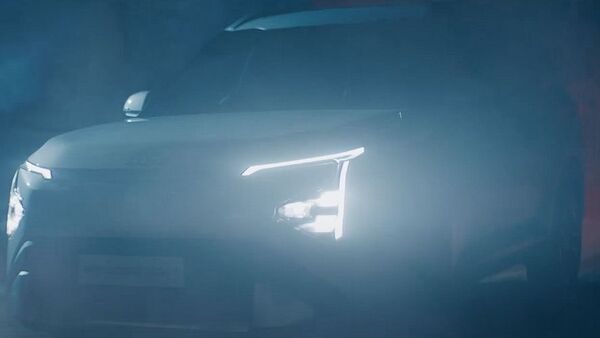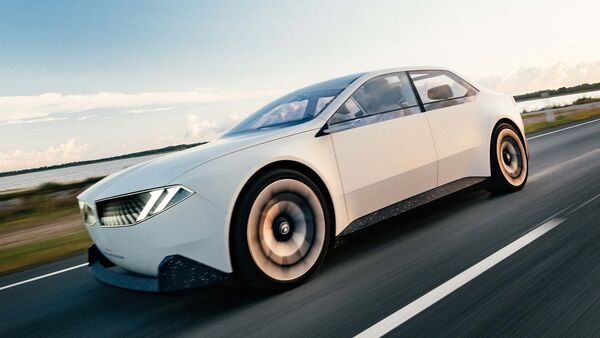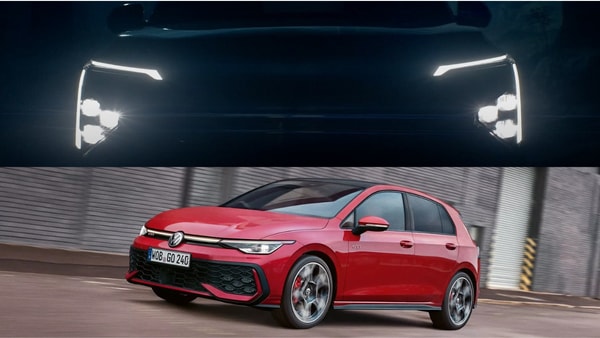
Citroen Basalt vs Tata Curvv: Whose side should you take in coupe SUVs' battle
8 months ago | 114 Views
Citroen Basalt was launched in India just a few days ago as the country's first mass-market internal combustion engine-powered coupe SUV. The French automaker has democratised the coupe SUV segment with this model, which was previously restricted to luxury cars. The Citroen Basalt is available in three variants, namely - You, Plus and Max. It comes priced between ₹7.99 lakh and ₹13.62 lakh (ex-showroom).
Interestingly, Tata Motors too is gearing up to launch its Curvv coupe SUV on September 2. With this, a new niche in the Indian passenger vehicle market is going to be pretty interesting within a short span of its introduction. Tata Motors launched the Curvv EV in India earlier this month and at the same event unveiled the Curvv ICE as well. The homegrown carmaker will announce the pricing of the Curvv ICE next month.
Watch: Citroen Basalt review: Can the Curvv-rival trigger French Renaissance?
Here is a technical comparison of the two newly introduced mass-market ICE-powered coupe SUVs in India, the Citroen Basalt and Tata Curvv.
Citroen Basalt vs Tata Curvv: Dimension
Citroen Basalt measures 4,352 mm in length, which makes it 44 mm longer than Tata Curvv. The Tata Curvv on the other hand is wider and taller than its rival by 45 mm and 37 mm, respectively. The Tata coupe SUV measures 1,810 mm in width and 1,630 mm in height, while the Basalt has a width of 1,765 mm and a height of 1,593 mm.
The Citroen Basalt has a 91 mm longer wheelbase measuring 2,651 mm, compared to Tata Curvv's 2,560 mm. While the Basalt has a 470-litre boot space for luggage, the Tata Curvv offers 30-litre of extra storage with a 500-litre capacity boot space.
Citroen Basalt vs Tata Curvv: Powertrain and specification
The Citroen Basalt is available in two different 1.2-litre petrol engine options, with one being a naturally aspirated one and another one a turbocharged unit. Transmission options for this coupe SUV include a five-speed manual gearbox and a six-speed torque converter automatic unit. Both the engines of Basalt are three-cylinder units.
The naturally aspirated motor churns out 80 bhp peak power and 115 Nm of torque, while the turbocharged engine generates 109 bhp peak power and 190 Nm of torque.
The Tata Curvv gets three different engine options, including two petrol and one diesel motor. The petrol engines include a 1.2-litre naturally aspirated petrol and a 1.2-litre turbocharged petrol motor. The diesel engine is a 1.5-litre unit. Transmission options include a six-speed manual gearbox and a seven-speed dual-clutch automatic unit.
The 1.2-litre Revotron petrol motor churns out 118 bhp peak power and 170 Nm of maximum torque. The 1.2-litre Hyperion petrol engine generates 123 bhp power and 225 Nm torque. The diesel motor is capable of pumping out 116 bhp peak power and 260 Nm torque.
Read Also: New Jawa 42-based motorcycle to be launched on September 3 # CitroenBasalt # TataCurvv # Hyundai




















